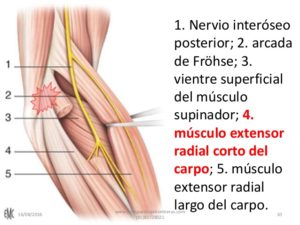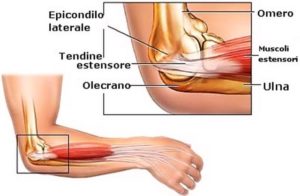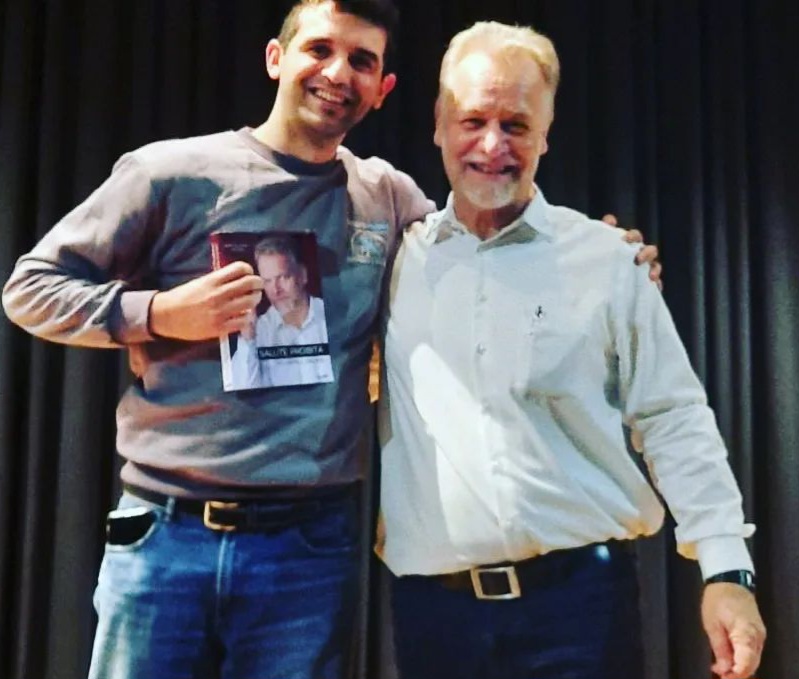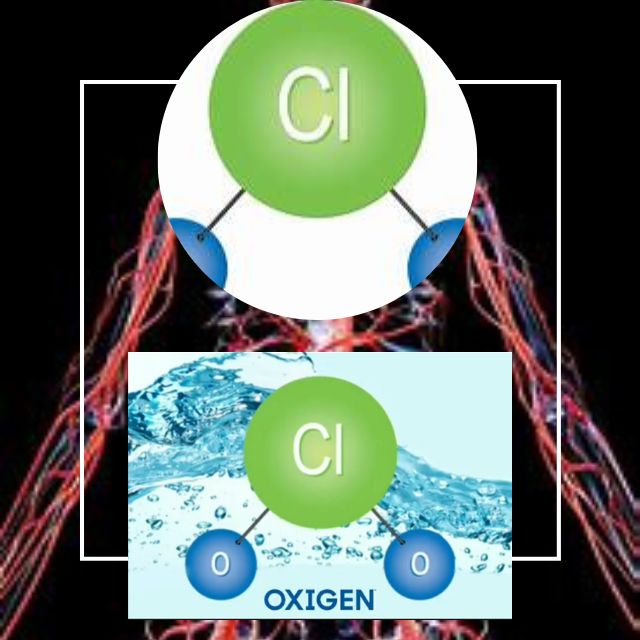- Motion Realizing
- info@neuromove.it
EPICONDITIS OR TENNIS CODO
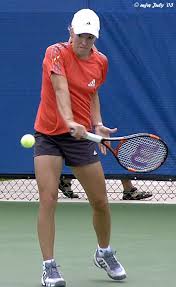
INTRODUCTION / # CURRENT HISTORY AND ETIOLOGY / WHAT IS SPECIFIC ON # TENNIS / # SYMPTOMS AND # DIAGNOSIS / # METHODOLOGY OF # REHABILITATION AND # RECOVERY.
INTRODUCTION
Every neuro-muscular and neuro-articular system, that is, every biotengineering system is naturally subject to periods of contraction, relaxation, inactivity, and also from the new perspective of the neuro-physical preparation of "compensation.”.
So when postural imbalances occur, or when the organism reaches a problematic balance neurophysiologically speaking, adapting to its daily and recurring activities (Example: Playing tennis, working in construction, repairing watches), or when there are muscle and joint chains that are they are in constant tension, without relaxation or rest, much less compensation, the result of all this is the generation of cramps, muscle fibrosis, and great loads of stress on the neuro involved areas. The latter is one of the triggering factors for lateral epicondonosis or lateral epicondylalgia, that is, pain at the proximal insertion of the wrist extensors.
Etiology HISTORY AND PRESENT
The first reference to this pathology is due to Morris in 1883, which he refers to as Lawn tennis elbow, although Runge in 1873 had already baptized the pain over the lateral (external) epicondyle as Writer's Cramp. The term lateral epicondylitis or tennis elbow typically suggests pain at the attachment of the extensor musculature to the epicondyle that is exacerbated by extension of the wrist or activities that include grasping, such as lifting a cup, shaking a hand, scrubbing or sweeping, dressing -undress. However, both terms are erratic, since the entity is not a true inflammation; it is a tendinosis, so there is talk of epicondinalgia o epicondinosis and no longer of epicondilitis. This condition is observed in other sports modalities and in other non-sports activities.
The highest point has been commonly located at the insertion of the second External Radial, although some authors place it at the insertion of the common extensor of the fingers. Greenbaum; In a multiple dissection of corpses, they observed that it is very difficult to isolate the second radial of the common extensor, existing an intimate relation between them that concludes in a common aponeurosis. The second radial, for its part, is the one that undergoes the greatest degenerative changes.
Champ. L and Mark Baker say that overloading and repetitive traumas in this area produce fibrosis and microtears of the involved tissues. Nirschl has called microlacerations and vascular proliferations of the involved tissues angiofibroblastic hyperplasia; he has also proposed to call the degenerative process rather "Tendinopathy", instead of tendinitis. In fact, it was believed that the cause was inflammatory, however with more recent scientific evidence it was discovered that the tendons involved suffer from a degenerative process. Modifications have been found in the functioning of neurogenic tendons due to the presence of chemical mediators of pain such as substance P and calcitonin, neovascularization and the presence of necrotic fibers; All chemical substances that would stimulate nociceptors; that is, the natural receivers and carriers of the phenomenon of pain.
Overuse epicondylalgias rarely appear before age 30. They commonly occur in people between 40 and 50 years old, with an equitable distribution between men and women. According to Gabel, the proportion of involvement between the lateral and medial sides is 5 to 8 in favor of the former. Approximately 50% of tennis players older than 35 years and 60% of those older than 50 years suffer from this condition at some time in their life.
Ultimately, thanks to these researchers, the term tendinitis has become obsolete and has been replaced by “epicondinosis”, which more adequately represents the degenerative process that affects the tendon.
Regardless of the actual pathophysiological process, it is accepted that the cause is often biomechanical in origin, due to the great stress to which the wrist extensors are subjected to balance the force expressed by the flexors during grasping actions.
MUSCLES, FASCES AND NERVES INVOLVED.
Specifics IN TENNIS
There are some risk factors in the development and appearance of this syndrome due to the practice of Tennis; Kinesia and Neuromove have individualized two “internal”, and three “external”.
EXTERNAL:
1) The opponent; Especially the force with which the ball is hit, and which I must counteract with my neuromuscular and joint structures for long periods of time; The loads that the joint structures of the shoulders, elbows and wrist must support in each of the impacts - depending on the level - is very high, and therefore produces degeneration and wear. It is good to emphasize that wear and tear can be counteracted with protective habits both before and after tennis activity.
2)Racket: Weight and tension of the strings. It is very important to pay attention to these variables; The weight of the racket along with the tension of the strings is subject to the individual technique and tactics of each tennis player. Currently, thanks to technological systems applied to the racket, it has been possible to reduce the vibration in each one of the hits; phenomenon that negatively affects the structures involved.
3) The experience: The body profile that one builds with the experience and learning of living. To this we must add the teaching methodologies that would also be an external factor: due to the teaching methodologies, it is good to point out that this syndrome has dropped quite a bit in percentage; The level of education and prevention has greatly improved thanks to technology and professional curiosity that has allowed a much more meticulous, much more rigorous analysis of movement. In addition, today the one-handed backhand is hardly taught anymore, so from the preventive point of view the load of force that must be supported and counteracted is distributed over both arms, which would allow a lesser download on the dominant extremity in the moment of the blow, and in turn a decrease in the risk of injury.
INTERNAL:
1) Motor engram: Correct, fast and coordinated neurocognitive movement; The phases where the stimulus is anticipated, perceived and the response is executed in a coordinated and harmonious way with the different tennis techniques. Especially with the one-handed backhand:
 The reverse delayed or anticipated as a risk factor
The reverse delayed or anticipated as a risk factor
The forearm suffers repetitive stresses on the extensor mace of the elbow and supinator of the forearm (two pure epincondylar muscles) that would largely determine a lateral epicondinosis. This movement would be avoided starting from a stable standby position , which at the same time will allow through the reading of the game and the motor anticipation, the adequate time for the hit.
In other words, the limb would hit the ball fast, in front of the body, with the use of the kinetic chains and with a good transfer when raising and extending the arm over the end of the gesture.
2) Body structure; From Genetics; what one brings from the genetic heritage of the species, as well as what one brings from the genetics of relatives; Psychological profiles that in turn influence morphological indices and parameters.
METHODOLOGY AND REHABILITATION PREVENTION
As already said in the article PROGRAM FOR Rehabilitative anterior cruciate ligament , we cannot forget that METHODOLOGICALLY, prevention and rehabilitation have very close similarities, what would change in line with the maxim is the circumstantial fact that would produce the suffering; traumas, algias, misfortunes (we obviously consider the psychological difference that the patient-student has when he feels healthy, and also when he suffers or trauma or pain). The prevention Would be carried out before of these circumstantial facts and rehabilitation after. However, we want to emphasize that each of these two processes is developed with teaching and learning of the Strokeo.
From the preventive and rehabilitative point of view, we will not focus solely on palliative, reinforcement or local flexibility work (at the elbow level), rather prevention and re-education includes the global-postural section, and the search for more efficient motor engrams functionally speaking. , that is to say the correct tennis technique with the following points to take into account ; “Active waiting position, good hip and knee flexion”, transfers through kinetic chains; from the lower extremities, passing through the center or Core, until reaching the impact that is made with the upper extremities. This is why communication with the technical staff is essential; prevention and rehabilitation is carried out in a global way, in other words, modifying motor engrams that would cause problems through tactical and technical decisions, which in turn could trigger wear and tear; TECHNIQUE AND TACTICS ARE ALSO MOVEMENTS.
Consequent hypothesis to investigate between body structure and expression and the relationship with this syndrome: Is there causality between the neuromuscular and articular structures with the incidence of this tendinopathy? That is to say, citing Philippe Campignion and Godelieve Denys-Struyf, the muscular chains when they are accentuated in the body due to neuro-psycho-chemical profiles, rotating more or less the clavicle, the humerus, the radius, the ulna and imprinting different attitudes and structures; Examples are elbow valgus, varus, hyperkyphosis, hyperlordosis, withdrawal, etc. Is there a relationship between the rate of these injuries and certain neuro-psycho-structural profiles? Neuromeve and kinesia hypothesize yes, however we still do not have research data indicating this association. On the other hand, we would fall into an error if we attributed solo a cause to this syndrome. The multifactoriality is wide, and the interaction of the highly complex systems, "all" subject to good nutrition and hydration within a given environment.
SPECIFIC DIAGNOSTIC TESTS.
GLOBAL EXERCISES FOR THE PREVENTION AND REHABILITATION OF THE TENNIS ELBOW.
LOCAL EXERCISES OF STRENGTH, FLEXIBILITY, STABILITY FOR PREVENTION AND REHABILITATION
Authors: José De Laurentis and Pablo Gaitán.
Bibliography:
Philippe Campignion metodo G.D.S,”The postero-lateral chains, relational chains.
FIT: Italian Tennis Federation “manual improvement in tennis”.
Brotzman, “Rehabilitation in Orthopedics.
Ramos Vertiz, Traumatology and orthopedics.
Jari Ylinen, "Therapeutic stretching."
Bahr Maehlum, “Sports injuries, diagnosis and treatments ”.
Williams Pretice, "Sports Medicine and Rehabilitation".

